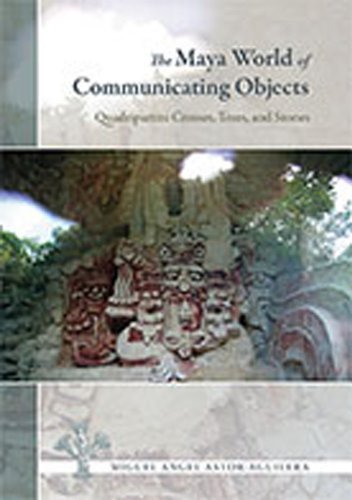

Most ebook files are in PDF format, so you can easily read them using various software such as Foxit Reader or directly on the Google Chrome browser.
Some ebook files are released by publishers in other formats such as .awz, .mobi, .epub, .fb2, etc. You may need to install specific software to read these formats on mobile/PC, such as Calibre.
Please read the tutorial at this link: https://ebookbell.com/faq
We offer FREE conversion to the popular formats you request; however, this may take some time. Therefore, right after payment, please email us, and we will try to provide the service as quickly as possible.
For some exceptional file formats or broken links (if any), please refrain from opening any disputes. Instead, email us first, and we will try to assist within a maximum of 6 hours.
EbookBell Team

4.1
100 reviewsAlthough anthropologists have been observing and analyzing the religious practices of Mayan people for about a hundred years, this perceptive study suggests that anthropological interpretation of those practices and of Maya cosmology has never escaped the epistemological influence of Christianity. Whereas sacred objects used in Christian rituals are treated with deifying awe, objects such as Mayan crosses can be recycled, bartered with, communicated with, manipulated, disregarded, or destroyed--the apparent equivalent of extorting or defacing a holy image of Christ or the Virgin Mary. Astor-Aguilera holds that we cannot fully understand these indigenous practices by fitting them to our European Cartesian mindset but must instead recognize and try to understand native Mayan epistemology. The binary based western concept of religion, he suggests, is not the best framework for understanding experiential Mayan cosmology or practice. Using ethnographic, archaeological, and glyphic evidence, he traces modern Mayan attitudes toward ritually charged objects and imagery back to the Classic Maya. No scholar of Mesoamerican religion, archaeology, or history can afford to overlook this long overdue approach to a widely misunderstood subject.